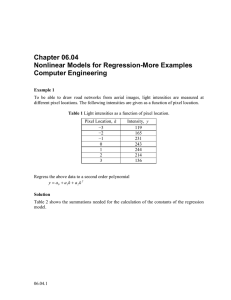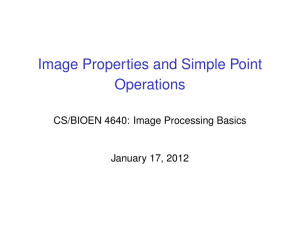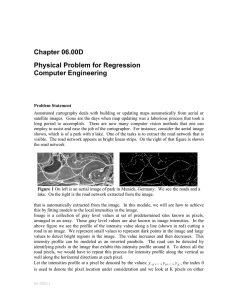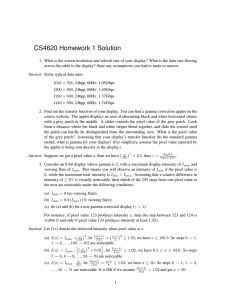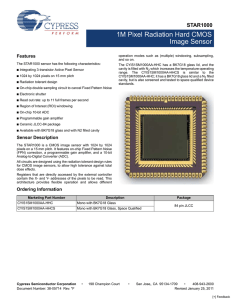AbstractID: 6504 Title: Relationship of Uncertainty in Pixel Intensity to... Diffusion Coefficient Calculation
advertisement
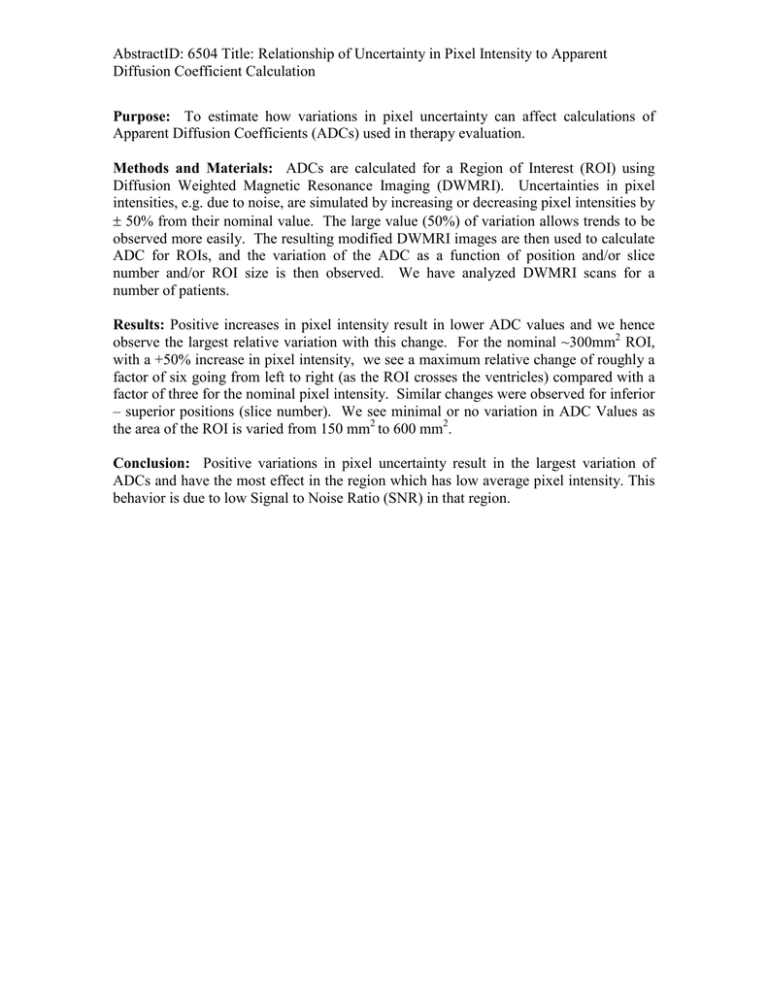
AbstractID: 6504 Title: Relationship of Uncertainty in Pixel Intensity to Apparent Diffusion Coefficient Calculation Purpose: To estimate how variations in pixel uncertainty can affect calculations of Apparent Diffusion Coefficients (ADCs) used in therapy evaluation. Methods and Materials: ADCs are calculated for a Region of Interest (ROI) using Diffusion Weighted Magnetic Resonance Imaging (DWMRI). Uncertainties in pixel intensities, e.g. due to noise, are simulated by increasing or decreasing pixel intensities by ± 50% from their nominal value. The large value (50%) of variation allows trends to be observed more easily. The resulting modified DWMRI images are then used to calculate ADC for ROIs, and the variation of the ADC as a function of position and/or slice number and/or ROI size is then observed. We have analyzed DWMRI scans for a number of patients. Results: Positive increases in pixel intensity result in lower ADC values and we hence observe the largest relative variation with this change. For the nominal ~300mm2 ROI, with a +50% increase in pixel intensity, we see a maximum relative change of roughly a factor of six going from left to right (as the ROI crosses the ventricles) compared with a factor of three for the nominal pixel intensity. Similar changes were observed for inferior – superior positions (slice number). We see minimal or no variation in ADC Values as the area of the ROI is varied from 150 mm2 to 600 mm2. Conclusion: Positive variations in pixel uncertainty result in the largest variation of ADCs and have the most effect in the region which has low average pixel intensity. This behavior is due to low Signal to Noise Ratio (SNR) in that region.
